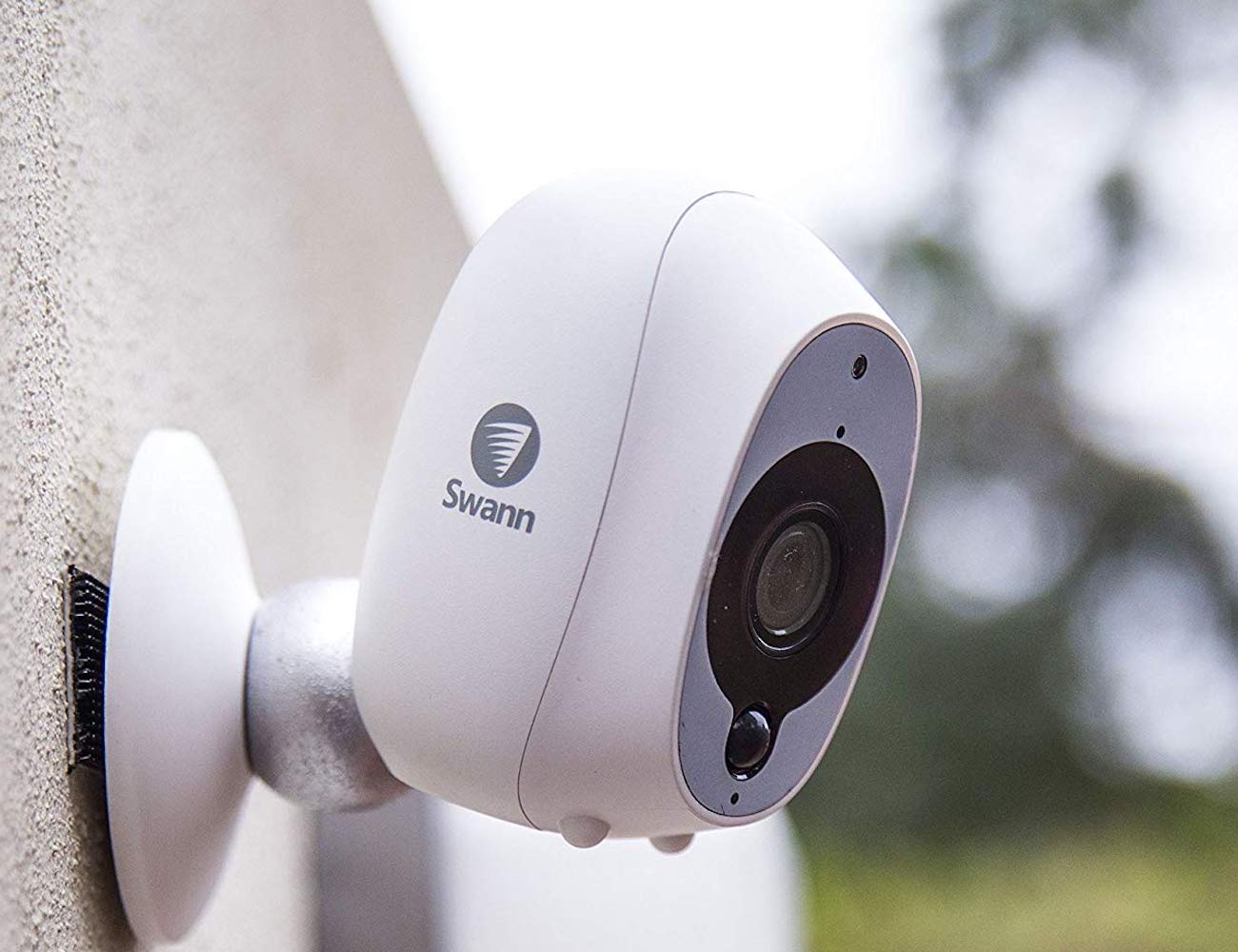
In an age where technological advancements shape our daily lives, security cameras stand out as pivotal tools in enhancing safety and deterring crime. They have become ubiquitous fixtures in both private and public spaces, providing a sense of reassurance to individuals and communities alike. From bustling city streets to quiet suburban neighborhoods, the presence of security cameras serves as a watchful eye, monitoring activities and ensuring that safety is prioritized.
The transformative impact of security cameras extends beyond merely recording footage. They play a vital role in crime prevention, aiding law enforcement agencies in investigations, and fostering a culture of accountability. As people increasingly recognize the importance of safeguarding their environments, the integration of security cameras into homes and businesses has become a standard practice. This shift not only reflects a growing awareness of security needs but also highlights the profound change in how we perceive safety in our surroundings.
The Evolution of Security Cameras
The journey of security cameras began in the mid-20th century with the advent of closed-circuit television, or CCTV. Initially utilized by governments and military establishments, these cameras were large, bulky devices that required significant infrastructure to operate. They primarily served to monitor restricted areas, providing a sense of security during a time when crime rates were rising in urban centers. With the aim of enhancing surveillance capabilities, these early models laid the groundwork for the modern security camera systems we see today.
As technology advanced, so did the design and functionality of security cameras. The introduction of compact cameras in the 1980s allowed for widespread deployment in various settings, including businesses and homes. The transition from analog to digital technology marked a significant turning point, enabling clearer images and the ability to record and store footage more efficiently. This transformation opened up new possibilities for surveillance, including remote monitoring and integration with alarm systems, making security cameras more effective as deterrents against crime.
In recent years, the rise of smart technology has revolutionized the security camera landscape. Today’s security cameras can connect to the internet, allowing users to access live feeds and recordings from their smartphones or computers. Features such as motion detection, facial recognition, and two-way audio have become standard, increasing the effectiveness of these devices in safeguarding properties. The evolution of security cameras reflects the growing need for advanced security solutions in an increasingly complex world, demonstrating their critical role in protecting homes and businesses alike.
Security Camera Repairs
Impact on Crime Prevention
The presence of security cameras has been shown to significantly deter criminal activity in various environments. Studies indicate that areas equipped with security cameras often experience a reduction in crime rates, as potential offenders are aware that their actions are being monitored. This heightened sense of surveillance not only influences individual behavior but also contributes to a broader culture of safety, making it less likely for crimes to occur in well-monitored spaces.
Moreover, security cameras play a crucial role in law enforcement investigations. In the event of a crime, video footage can provide invaluable evidence that helps authorities identify suspects and reconstruct events. This ability to capture real-time data enhances the efficiency of police work and can lead to quicker resolutions of cases. The presence of clear, high-quality footage often leads to a higher conviction rate, as juries find visual evidence more compelling than eyewitness testimonies alone.
Beyond direct crime deterrence and investigative support, security cameras also foster a sense of community safety. When individuals feel secure within their neighborhoods, they are more likely to engage in communal activities and take pride in their surroundings. This proactive involvement can lead to stronger social ties and a collective effort to maintain safety, creating an environment where crime is less tolerated and community watchfulness is encouraged.
Legal and Ethical Considerations
The implementation of security cameras raises important legal considerations that vary by jurisdiction. Laws regarding the use of surveillance cameras often depend on factors such as the location of the camera, the purpose of surveillance, and the expectation of privacy. In many regions, public spaces may be monitored without explicit consent, but recording in private spaces without permission can lead to legal action. It is crucial for businesses and individuals installing cameras to understand and comply with local laws to avoid potential lawsuits and fines.
Ethically, the use of security cameras also demands careful thought. While they serve as a deterrent against crime and enhance safety, they can infringe on personal privacy if misused. The balance between public safety and individual privacy rights is a topic of ongoing debate. Organizations must establish clear policies that outline how footage will be used, who will have access to it, and how long it will be retained to maintain ethical standards and build trust within the community.
Transparency is vital in addressing both legal and ethical concerns related to security cameras. Informing the public about the presence of surveillance systems and their intended purpose fosters a culture of openness. By engaging with the community and encouraging feedback, organizations can better understand public sentiment and adjust their practices accordingly. This proactive approach not only helps mitigate legal risks but also promotes a sense of accountability and builds confidence in the use of surveillance technology for safety.
